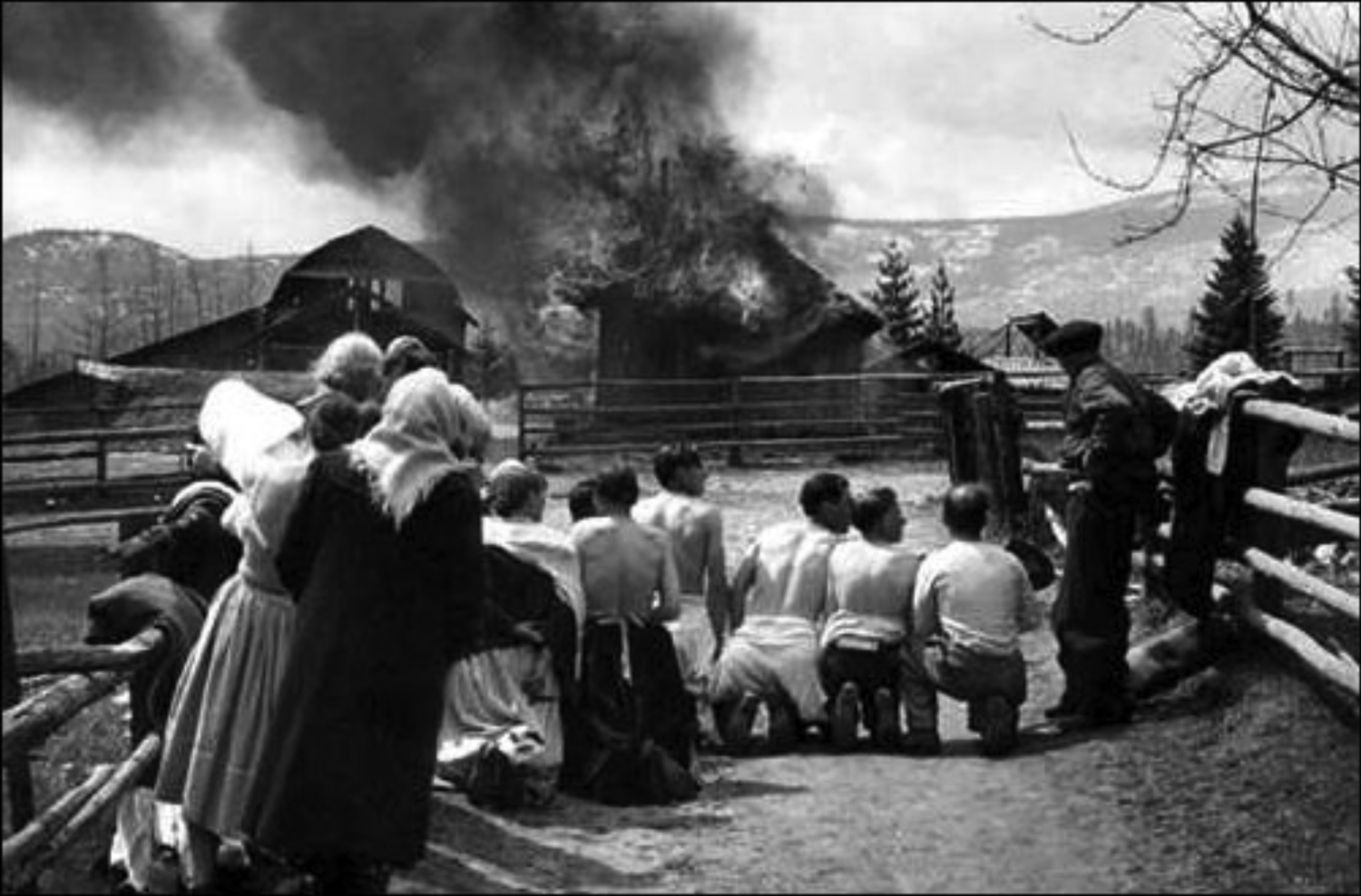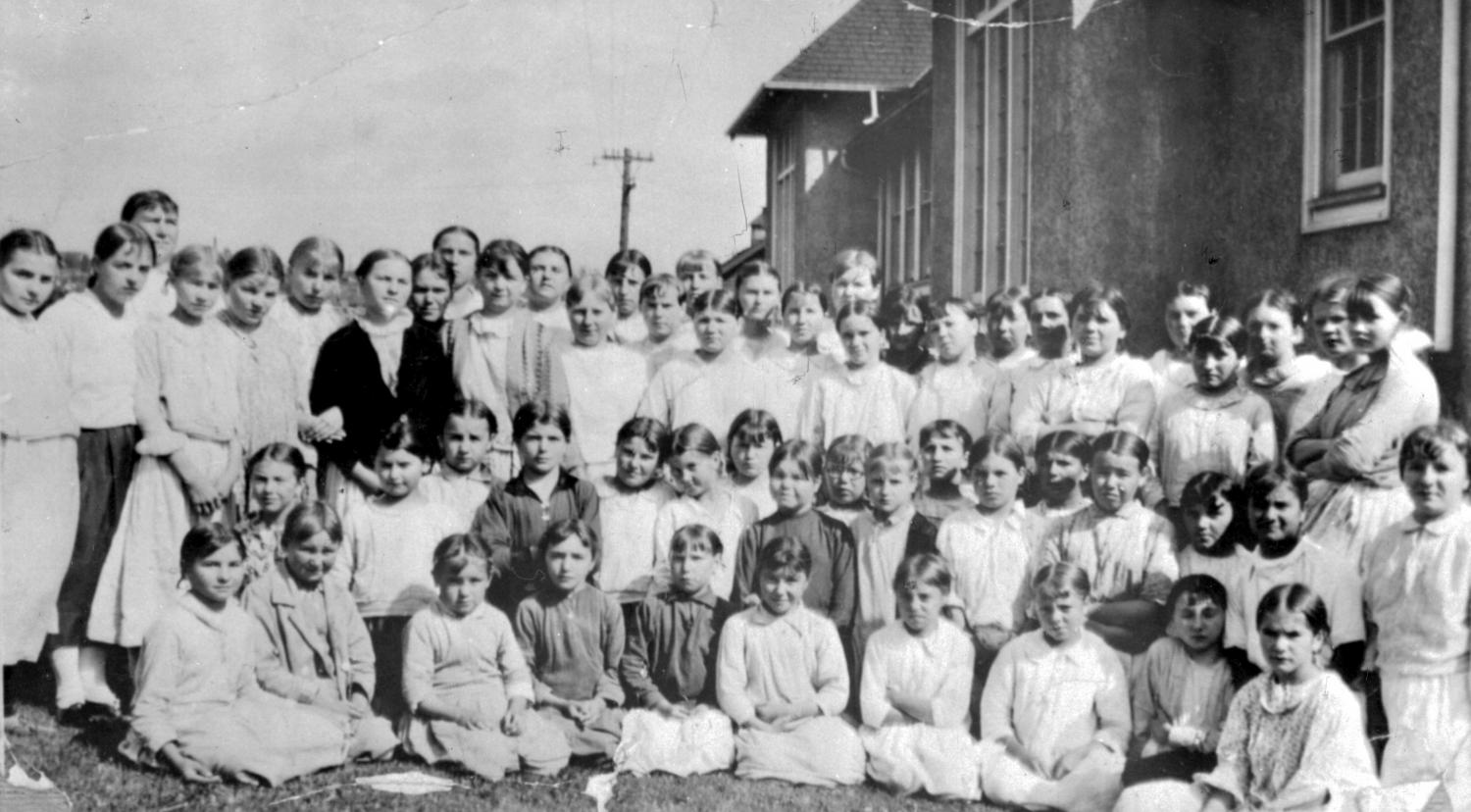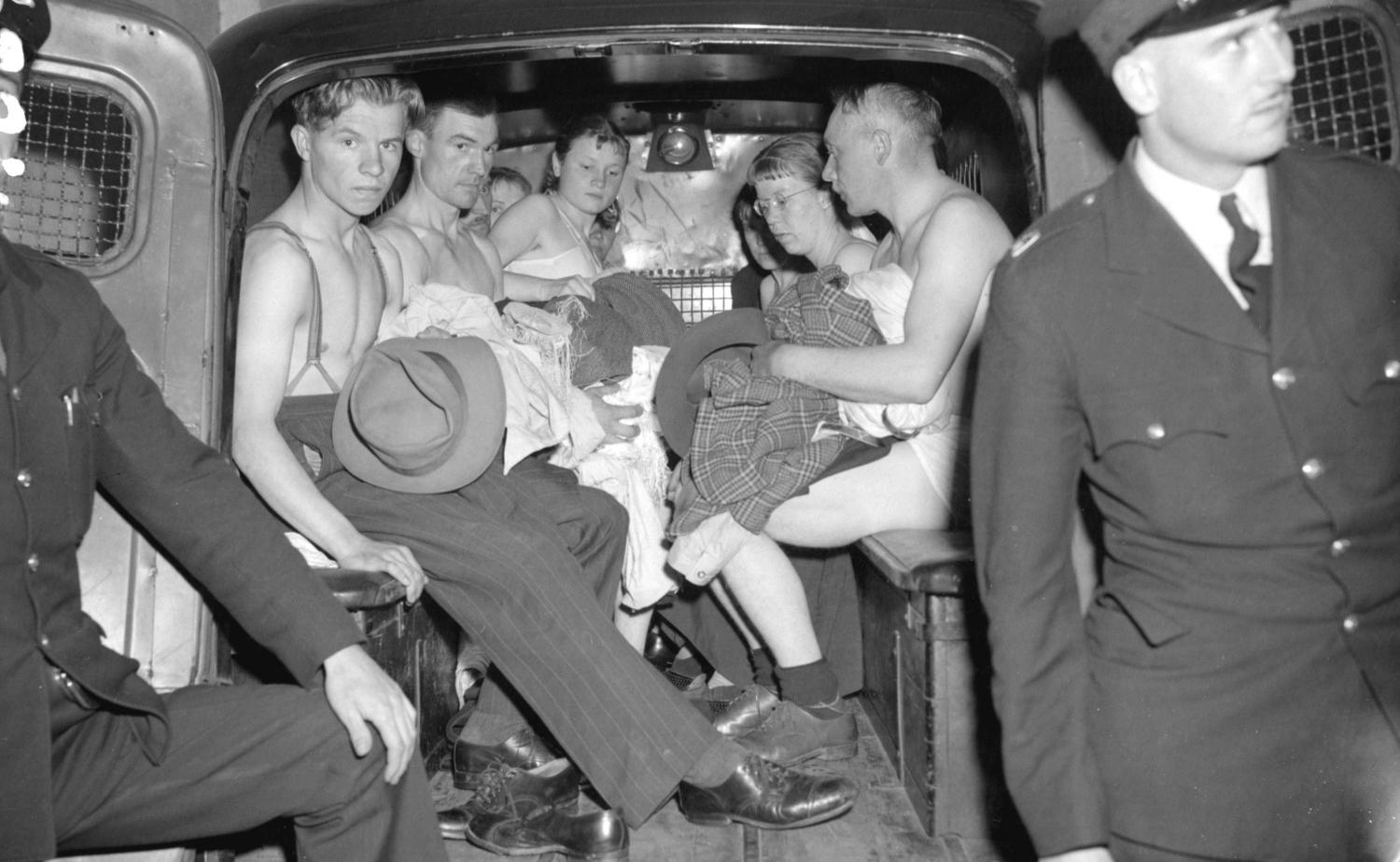Doukhobor Children Interned
A decade of “hell” for children at the New Denver sanatorium
Date: 1953
In 1908, 6,000 Russians arrived in eastern British Columbia. The Doukhobors were “spiritual Christians,” a distinction that was often met with suspicion. Back home, the Russian Orthodox Church had deemed them heretics for their religious beliefs; the country then banished them for their pacifism and unwillingness to serve in the military. In need of a new home — one that would allow for their communal lifestyle and pacifist ways — they eventually settled in British Columbia’s Kootenay region and across the Prairies.
Even as the Doukhobors established their own communities, they remained wary of the Canadian government. They refused to send their children to public school, which they viewed as a potential source of militaristic indoctrination. They were afraid the schools would lead their children away from their faith. This trepidation was not entirely unfounded: as early as the 1930s, the Canadian government separated Doukhobor children from parents who protested against compulsory public education and the funding of the military through taxpayer money.
Those most critical of the Dominion were the Freedomites, or the Sons of Freedom: a small group of radicalized Doukhobors who had splintered off from the main sect. At their height in the 1950s, the Sons of Freedom numbered roughly 2,500. Their provocative protests, typically against military involvement and involving nudism and arson, drew the attention of the press and the ire of the government. Their demonstrations grew increasingly violent, bombing railways and public buildings.
In 1953, the provincial government responded by again coming for their children. Invoking the Protection of Children Act, police were now able to apprehend anyone under 18 who was not in school. Between 1953 and 1959, around 200 Freedomite children were taken from their homes — often in the middle of the night. “Holy Christ, we used to hide,” one would recount years later in an ombudsman’s report. “The cops [would] come with pitchforks, and you’d see them… and you’d run like crazy. At six years old, you were running.”
Once caught, they were sent to school at an old tuberculosis sanatorium in New Denver, a small village in the West Kootenay region. (Only a few years prior, the site had interned another group of people: Japanese Canadians displaced from the coast and interned during the Second World War — those considered vulnerable, including “incurables, derelict single old men, and women and old couples.”) Most knew little to no English upon arrival, but they were not allowed to speak Russian. Parents were only allowed a one-hour visit every two weeks. Even then, they were separated by a chain-link fence. The effect for the children was confusing, if not traumatizing. Many believed they were being punished for crimes they had unwittingly committed, that they had brought all of this on themselves. The children were kept there — some up to six years — until the parents agreed to send them to public school. The program would officially end on Aug. 2, 1959.
Decades later, in the 1990s, a hundred former New Denver students would come forward with a class action lawsuit against the provincial government. The New Denver Survivors, as they called themselves, claimed physical, psychological and sexual abuse, and they demanded an apology and compensation. None of the lawsuits succeeded. In 2004, the provincial government issued a statement of regret. For those involved, the gesture was disappointingly hollow.
Today, an estimated 65,000 people of Doukhobor descent live in Canada. Most live in British Columbia’s Kootenay region, but some are also scattered around Saskatchewan and Alberta. However, only a fraction of that number actively associate themselves with the faith; less than 2,500 claimed Doukhobor as their religion on the 2011 census. Some elders worry that the faith will die out entirely over the next decade. Other leaders see opportunity: the new generation now has an unprecedented power to carve out their own corner of Doukhoborism — to determine how their faith intersects with a modernized world.
Sources:
1. British Columbia, Legislative Assembly, Righting the Wrong: The Confinement of the Sons of Freedom Doukhobor Children, No 38 (April 1999) (Dulcie McCallum)
2. Kryak, Violetta. Are Doukhobors Dying out? In Rural B.C., a Sect Tries to Stop Their Faith from Fading Away. The Globe and Mail, 9 Sept. 2018, www.theglobeandmail.com/canada/british-columbia/article-are-doukhobors-dying-out-in-rural-bc-a-sect-tries-to-stop-their/.
3. Kryak, Violetta. B.C. Government Reconsiders Apology for Doukhobor Children Taken from Their Families in 1950s. The Globe and Mail, 9 Sept. 2018, www.theglobeandmail.com/canada/british-columbia/article-bc-government-reconsiders-apology-for-doukhobor-children-taken-from/.
4. Rak, Julie, and George Woodcock. Doukhobors. The Canadian Encyclopedia, 22 Aug. 2013, www.thecanadianencyclopedia.ca/en/article/doukhobors.
5. Scott, Andrew. The Promise of Paradise: Utopian Communities in British Columbia. Harbour Publishing, 2017.




